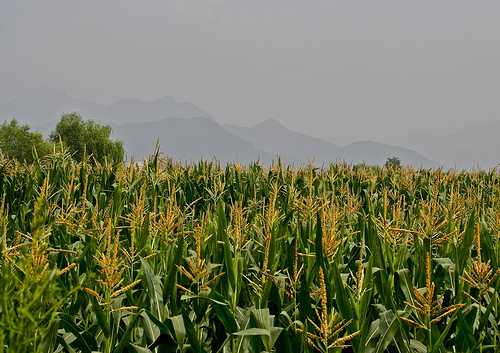Even if corn plants have a near perfect germination percentage and excellent vigor, one cannot be absolutely sure that all these will survive or be productive. From day one to full maturity, many things can go wrong unless the farmer does something to prevent these events from happening. Here’s the list that possible affect your cornfield’s plant density at harvest.

1. Improper seeding. Either manual or machine planted, errors in seeding often result in multiple seeds in one spot and missing or skipped hills.
2. Soil moisture. Drought in the early stages of emergence will result in non-uniform crop stands or even zero emergence in some spots. Water logging, on the other hand, can take out plants from low-lying portions of the field.
3. cultivation. Improper or untimely hilling-up can reduce crop stand due to the resulting injury of too tall crops, for too small crops, and diseased plants due to root or stalk damage.
4. Insect pests. These includes seedling pests such as cutworm, seedling maggots, crickets, etc. Asiatic corn borer and pink stemborers could render older plants to be unproductive.
5. Diseases. Stalk rots can increase mortality as some of these attack the plans at more mature stages. At harvest time, farmers won’t ussually see them anymore, Under severe infestation, some diseases can induce barrenness or poorly-filled ears.

